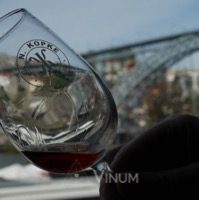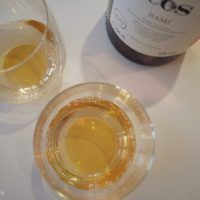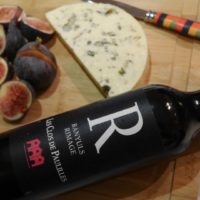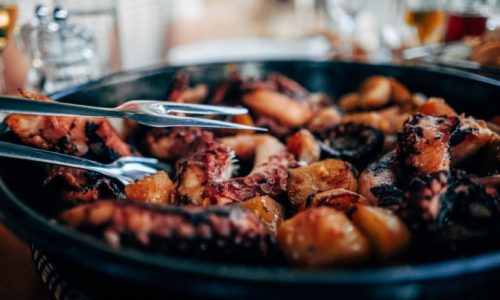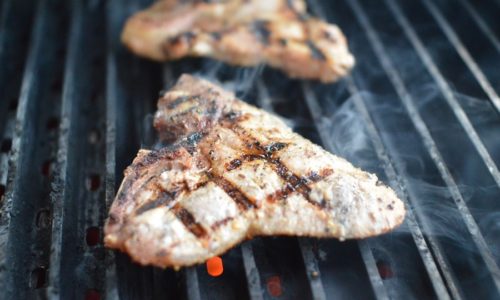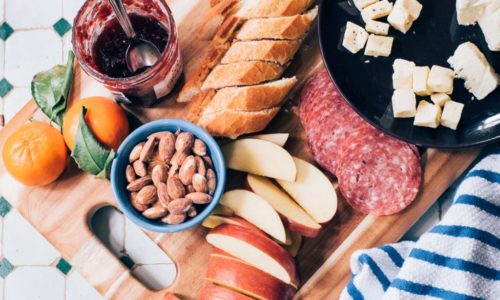There’s a lot of guff surrounding the rituals of tasting wine. And unless you are tasting professionally or studying on a wine course, there’s no real need to worry too much about each stage of tasting in depth. Wine is a social drink and should be more about enjoyment than analysis. Nevertheless, there is a casual approach you can take just to get the most out of the flavours in a given wine.
Step One: Don’t over fill your glass
At the very most, you should fill the glass only 1/3 full, and less is usually more.
The air in the rest of the glass opens up the wine and allows the aromas to develop (a little like decanting). Also, it gives you space to swirl the wine in the glass, which is the next step.
Step Two: Swirl
This is the classic wine-tasting manoeuvre. If you ever watch people in the wine trade, they habitually swirl the glass before drinking. It is an irritating habit perhaps, but it does have a purpose. As with Step One, the point is to open the wine. There’s no need to go hell for leather though; a few gentle swirls will do the trick.
Step Three: Sniff
Again, commonly associated with the wine snob, but your nose is a better gauge of individual flavours than your tongue. So, after swirling, immediately tilt the glass towards your nose and take a few gentle sniffs – you’re not trying to suck it up your nose! Start to think about the overall impression of the wine – is it very fruity, or floral, or savoury?
That’s it. Nothing more. Don’t over analyse. People are often worried that they can’t pick out the individual fruit flavours. This is a skill that everyone can acquire, it just takes practice.
Step Four: Taste (obviously, the best bit)
Take a fairly generous sip of the wine and hold it in your mouth. Now, if you want to peer into the flavours more deeply, you can drag a little air through your mouth, while holding the wine around your tongue. There’s a bit of practice required to do this, but, again, it will come. Also, while this technique can be a nice thing to do when you’re at home, the inevitable slurping noise is not always appreciated when you’re having a meal out.
There are a couple of things you’re looking for here. First, do you get the same impression of flavours that you did on the nose? Is the balance different? Less fruity? Or not much flavour at all? A good wine will be as complex in the mouth as it was on the nose. Secondly, you can start to think about the other elements of the wine – is it acidic? Is full-bodied, light-bodied? To check the tannins, there’s a little trick. After swallowing the wine, rub your tongue along the gum behind your top teeth. The tannins tend to sit there and you can feel the drying sensation if the wine is very tannic or whether the tannins are silky or chunky.
Step Five: Enjoy the wine!
Now you’ve done the (slightly) technical bit, you can just get on with drinking (and eating, maybe). From time to time it can be worth going over these steps again, as a wine’s qualities will change and develop the longer the bottle is open and in conjunction with food.

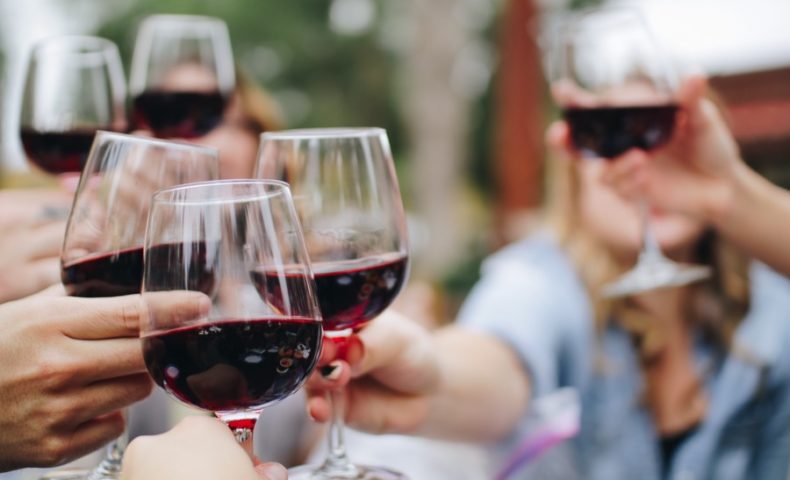
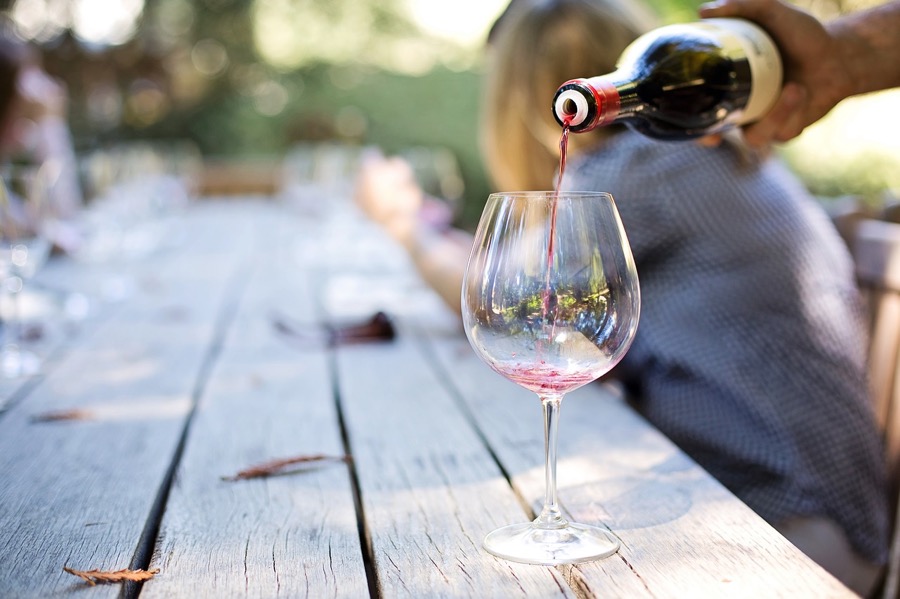
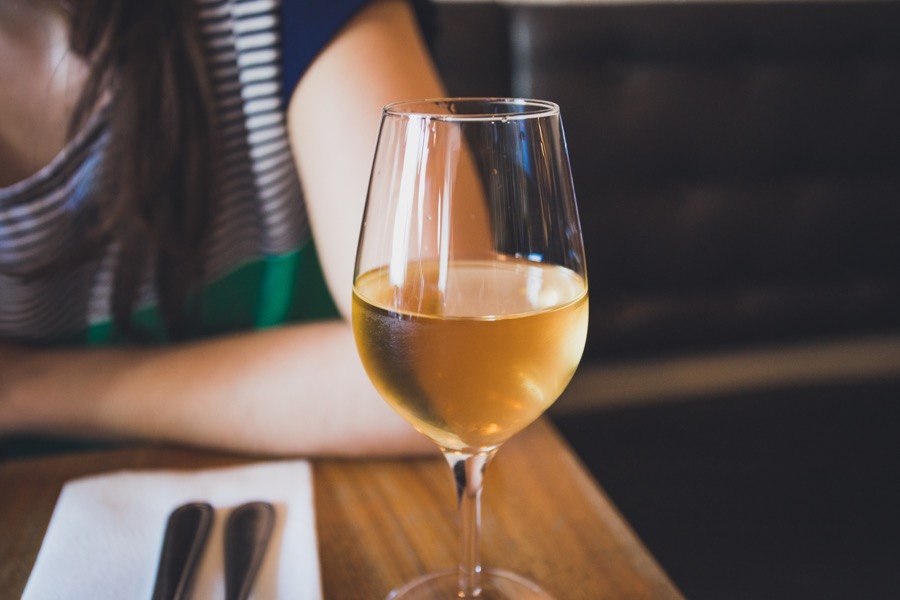
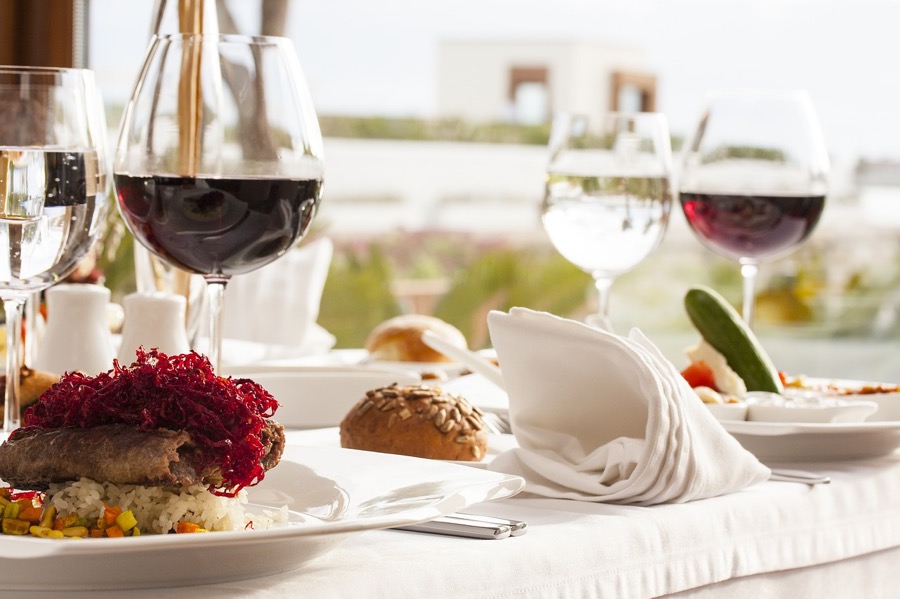
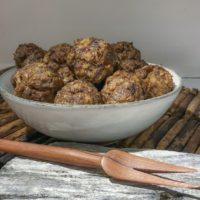

 日本語
日本語